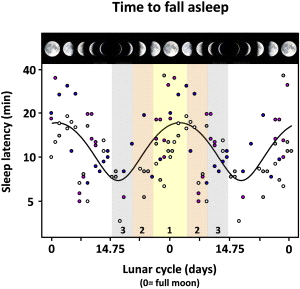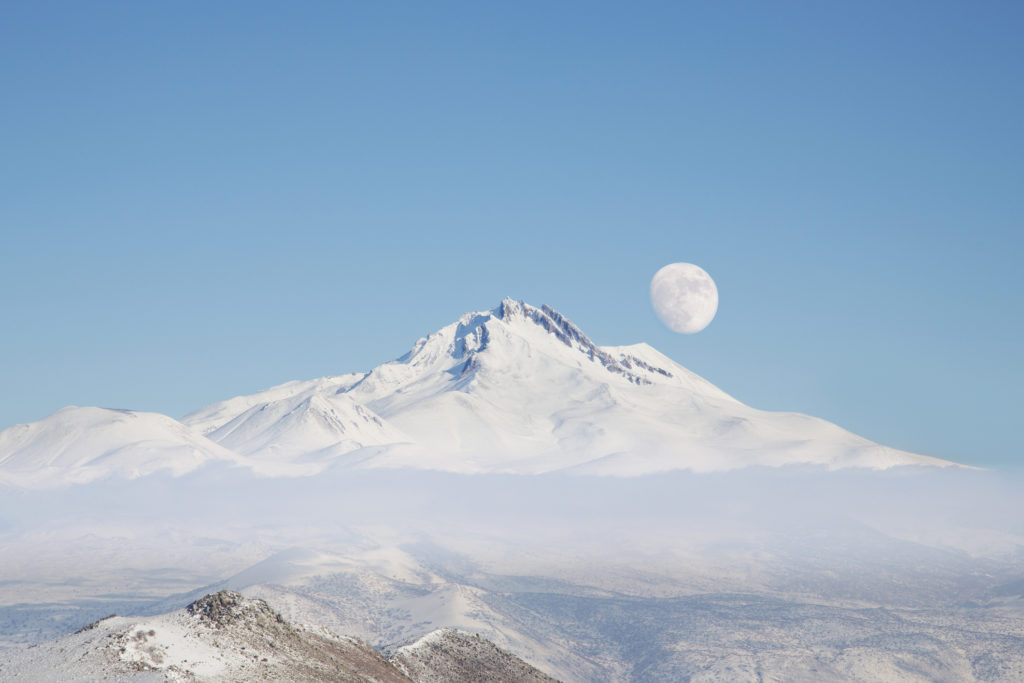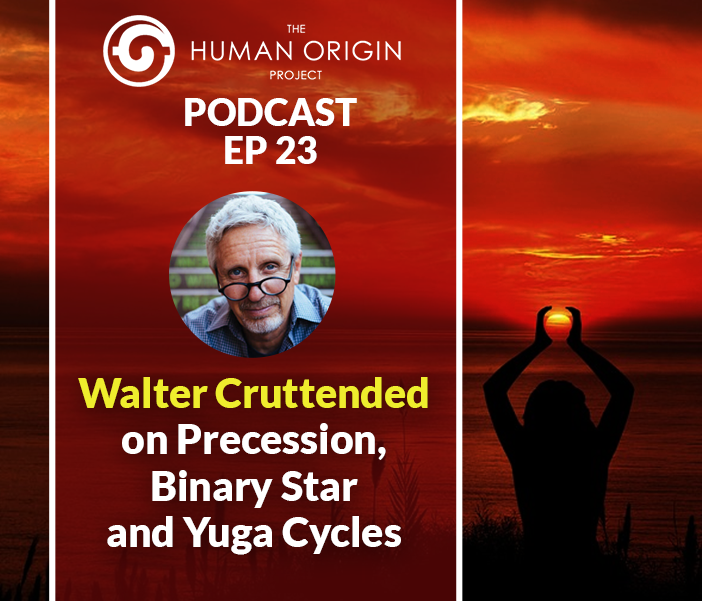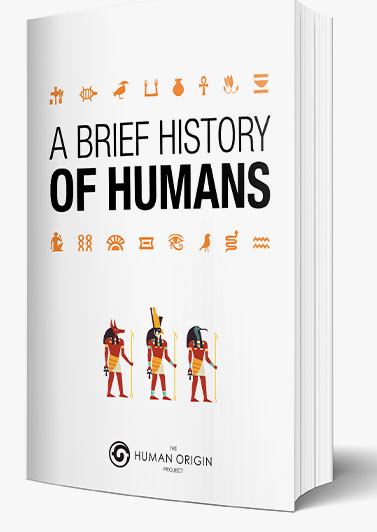Life on planet earth is closely connected to the solar system. Day and night time are simply measures of earth’s orbit of the sun.
After the sun, the moon is the next most influential body on our planet. It affects the earth’s daily rhythms, from the seasons to the oceans, to reproductive systems. All elements on our planet move with moon cycles.
Are humans affected too? New evidence suggests the body and brain, like any living creature, are affected by the moon phases. It may be why so many ancient societies used the Lunar Calendar to live with the moon phases.
In this article, we’ll explore the science of how moon cycles affect us.
How moon cycles affect tides
71% of planet earth is covered in water. That’s an estimated 1.386 billion km3 (333 million cubic miles) of water. Separated into 20 seas and four oceans, with a combined weight of 1,450,000,000,000,000 short tones. (1 short ton = 2 000 lbs).
Think of how much energy it takes to move such a volume of water.
With a mass of 81 quintillion tonnes, the moon is 1/6 of earth’s total mass. The moon’s gravity is hence responsible for 56% of earth’s ocean tidal energy. It moves those vast bodies of water as it orbits and influences our planet.
The moon pulls upward on earth’s oceans while the earth’s gravity acts downward. These forces, alongside the sun and other bodies create the total tidal changes of the oceans.
All life in the oceans depends on these forces. For example, filter feeders like oysters feast at high tide, with food washing in.
How moon cycles affect animal systems
Moon phases have long been observed to affect the biology of natural systems. Besides gravity, the moon surface reflects light energy at night.
Studies reveal many animals rely on moon cycles.
- Lions time attacks more during the week after a full moon. The darkest times occur during the first hours of the night week following a full moon. They are ready to feed at this time because of the low success during well-lit full moon nights.
- Moonlight acts as a natural flashlight for the Madagascan Aye-Aye. The nocturnal lemur shifts its entire daily schedule based on lunar cycles. During the darkest new moon period, these primates become fully active during the day.
- Doodlebug larvae dig funnel-shaped traps every day into the sand to hide in for insect prey. Funnels are rebuilt every day; around full moon, the pits are large, during a new moon they’re small. It seems the extra energy to dig a deeper trap during full-moon is worth the extra energy.
- The reproduction of coral reefs such as the Great Barrier Reef in Australia depends on moon cycles. The release of egg and sperm always occurs near or on a full moon. It can be seen as pink plumes building on the surface of the water.
- Cows more births occur near or during near full and full moon.
How moon cycles affect farming
As our Gregorian calendar is based on the solar year, today we don’t appreciate moon cycles. Ancient societies used lunar calendars for many millennia.
Today, farmers use lunar cycles to maximize the harvest of certain crops.
Biodynamic wine farming uses natural fertilizers with the moon cycle to pick the best days to plant and harvest. The moon phases outline four, three-day periods called flower day, fruit day, root day, and leaf day.
Harvest for white wine, is best in the middle of the fruit day period just a few days before a blood moon lunar eclipse.
Some wine tasters allege to report different character depending on when they are harvested.
Many farming practices use the moon phases, however, let’s move to human physiology.
How moon cycles affect humans
The sun’s role in human physiology has long been known. Vitamin D is produced from the skin when exposed to UV light from the sun. The body has nearly 3000 genes with vitamin D receptors, showing how important sunlight is for human health.
While more subtle, there are now many ways that the moon can influence the human body.
The full moon time affects sleep quality and duration.

Studies indicate that people take longer to fall asleep during the full moon. Source
Studies are beginning to show how the moon cycle affects human sleep.
NREM sleep is the deepest of the stages of sleep. During full moon periods, researchers have found that deep sleep decreases by 30%. Time to fall asleep increases by five minutes and total sleep duration falls twenty minutes.
It’s thought the electromagnetic effect of the moon decreases melatonin levels in the blood. These changes have been measured in animals such as birds and fish.
The moon cycle seems to affect the release of melatonin for sleep. It is in cycle with the sun’s effect on the day-time vitamin D, and the flow of hormone release for the human sleep-wake cycle.
How lunar cycles affect birth
Folklore has long said that moon cycles affect human birth. Recent studies have suggested that there is no predictable influence. They examined birth frequencies, route of delivery, and amongst other measures.
Others have suggested that these results may be invalid due to other variables influencing birth. Prenatal nutrition, social environment, and genetic backgrounds if not accounted for could disguise the moon’s influence.
A study in Japan did find that gravitation shifts of the moon influence births. It was found that when lunar gravity was less than 31.5N births showed a significant increase.
Others suggest the moon phase at the time of conception affect the sex of a child. More research is necessary before we really know.
Does the moon affect fertility?
The female menstrual cycle has the same duration as the lunar cycle. For example, the link between light, melatonin, and menstrual cycles all affect sex hormones. Melatonin released from the pineal gland signals the release of every other hormone in the body.
Evidence that suggests that moon cycles affect menstruation include:
- One study looked at the third quarter waning moon phase. The period of darkness may increase melatonin levels, that influence estrogen for ovulation.
- Studies in 1980and 1986 both found that human menstrual cycles move in sync with the moon’s phases. However, they had conflicting results on what part of the cycle occurred during the new moon phase.
- In 2014, a study of more than 8,000 women found them more likely to ovulate during the new moon.
Around the new moon, there may be lowered libido and energy for sex. Darkness, associated with less moonlight, has a known effect on melatonin levels. The absence of light also can cause seasonal depression.
Estrogen appears to increase during the waxing moon cycle. It may become a time of higher sexual energy. Then progesterone increases during the waning moon cycle preparing the womb for conception.
How moon cycles affect mood
It’s well known that sleep deprivation can link to depression, anxiety, and bipolar disorder. One study has suggested that episodes of depression and mania in bipolar disorder happen due to changes in the stages of sleep.
Amount of sleep is increases during depression and shortens in mania. Insomnia can be linked to switches between insomnia and manic outbursts.
Researchers looked at how exposure to darkness can prevent the onset of mood disorders like bipolar disorder. They suggested that exposure to darkness could increase melatonin for sleep. It may help prevent or reverse depression and mood swings in bipolar disorder.
Conclusion
The moon cycles have a scientific influence on earth. Its gravity and energy effects affect tides, coral reefs, and all biology across the planet.
However today we are awakening to the influence of the moon phases to human physiology.
Today modern research shows how the moon affects sleep stages, fertility, sex drive, birth, and even mood and the brain.
Quick Tip: Moon cycle hair-cuts
Try using the Lunar calendar to time your hair-cuts. During the waxing lunar phase, a haircut could encourage growth up until the full moon.
A full moon makes your hair grow fast, thick, and long. If you cut your hair on the waning moon cycle, or new moon it removes dead ends and could help keep your hair healthy. Try to use a mix of both, depending on the seasons.
How do you think the Lunar cycles affect your body?
Let us know how you think the moon cycle affects you in the comment section below.
Further reading:
- https://www.ncbi.nlm.nih.gov/pubmed/16407788
- https://www.livescience.com/37928-ways-the-moon-affects-animals.html
- https://www.sciencedaily.com/releases/2016/08/160831142903.htm
- https://www.ncbi.nlm.nih.gov/pmc/articles/PMC3712431/
- https://www.ncbi.nlm.nih.gov/pmc/articles/PMC2956479/
- https://www.ncbi.nlm.nih.gov/pmc/articles/PMC6089884/
- https://www.ncbi.nlm.nih.gov/pubmed/23891110


 Both gravity and electromagnetic energy from the moon cycles influence all life on earth.
Both gravity and electromagnetic energy from the moon cycles influence all life on earth.
























